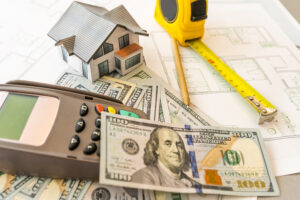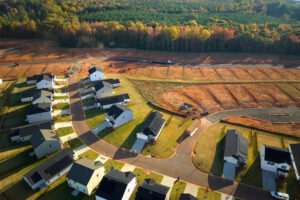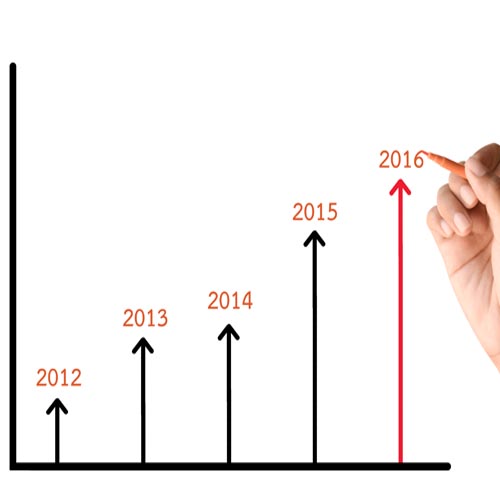 Another year is almost behind us and it looks like 2016 is already shaping up to be an exciting time for residential real estate. While many of the trends from 2015 are expected to continue, there are several new worthy developments into which we should look. Trends such as “green building”, the increasing number of millennial homebuyers and the influence of the 55+ market will require some adjustment from everyone involved in real estate. This post will both discuss these trends and give you some insight on how to best position yourself and your business to take advantage of them in the coming year!
Another year is almost behind us and it looks like 2016 is already shaping up to be an exciting time for residential real estate. While many of the trends from 2015 are expected to continue, there are several new worthy developments into which we should look. Trends such as “green building”, the increasing number of millennial homebuyers and the influence of the 55+ market will require some adjustment from everyone involved in real estate. This post will both discuss these trends and give you some insight on how to best position yourself and your business to take advantage of them in the coming year!
Let’s start with a general economic outlook for 2016.
2016 Economic Forecast:
- Employment will remain steady as total U.S. employment of 142 million is now above the previous peak of 138 million from 2008
- Job growth will continue to be concentrated heavily in the service sector (which tends to pay lower wages)
- There will continue to be a broad-based recovery in the housing market, with the top 40% of recovering states being back to 99% of normal production levels by the end of 2017, and the bottom 20% of recovering states still below 73% of normal production
- Most people’s largest asset will continue to be their home, and the primary purchasers of new homes will continue to be the sellers of existing homes
- Mortgage interest rates are expected to rise and average 4.5% in the coming year, yet still remain low by historical standards and very affordable
In short, we can likely expect the current economic trends to continue into the coming year. While the rate of improvement may be slower than we would like, there will be improvement nonetheless.
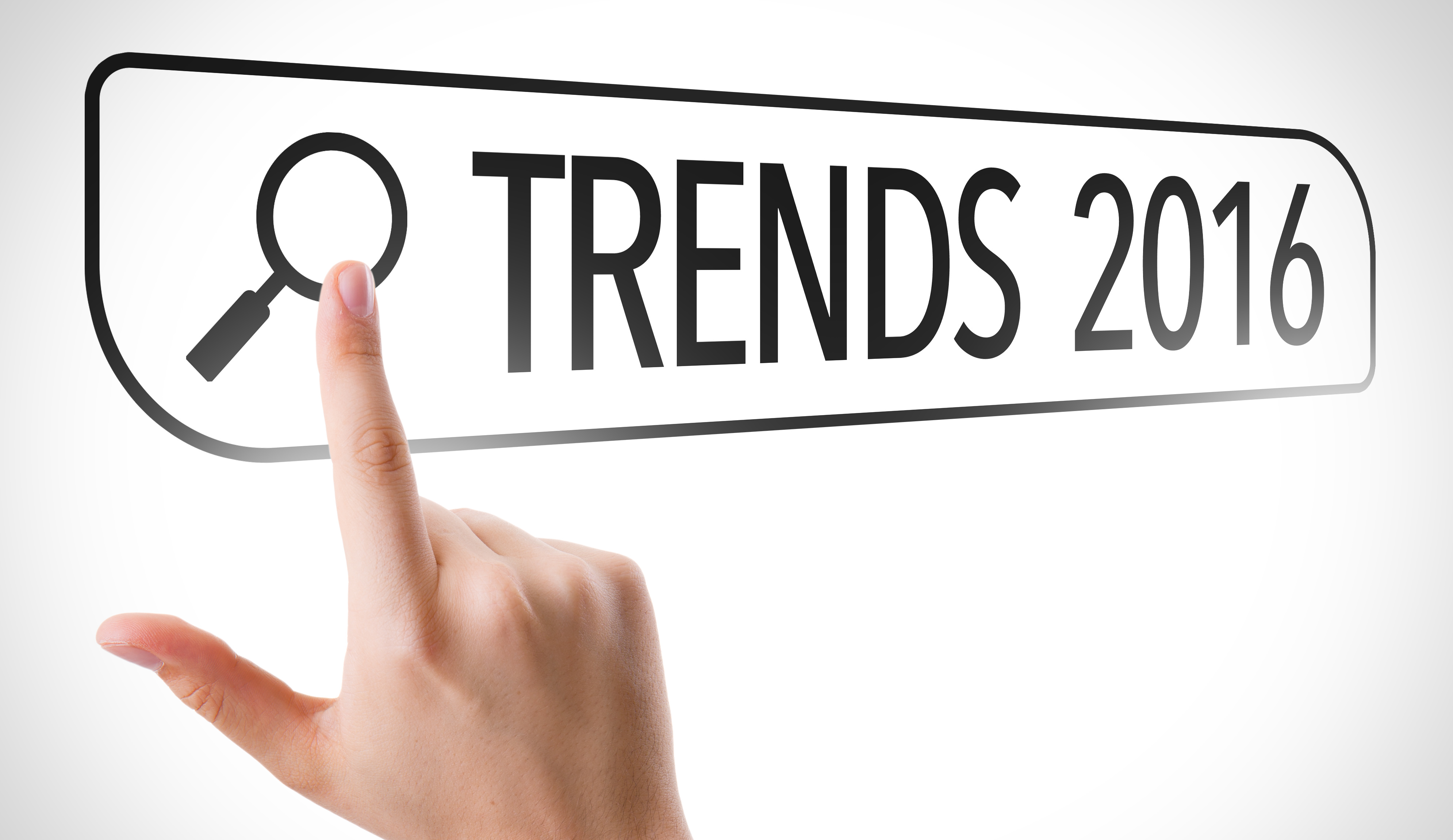
Now let’s take a look at trends in residential construction and see what we can expect in the coming year.
Current Residential Construction Trends:
- Production of single-family unit homes is expected to increase 27% going into 2016 and be back at 74% of normal production by the end of the year (and 91% by the end of 2017)
- Production of multi-family units is expected to decline slightly by 3% going into 2016
- Residential remodeling activity is expected to rise 6.1% in 2016
- 61% of current home builders report that labor costs and the availability of skilled workers are becoming increasingly problematic to their business
As we can see, production levels for homebuilders are working their way back to normal levels year by year. The fact that production of single-family units and remodeling projects are on the upswing is a very positive sign.
Here we examine the demographic trends of current homeowners to get a clearer picture of the overall housing market and where it’s likely headed in 2016.
Current Homeowner Demographic Trends:
- Millennials are becoming an increasingly larger segment of the current and potential homeowners’ market and prefer to buy homes in the suburbs rather than rent in the city
- 90% of millennials surveyed said they wanted to purchase a home, yet the majority also stated it would be at least two years before they were ready to buy
- Over half of Americans say they still prefer to live in suburban communities and 44% now want to live in more moderately-sized homes, between 1,400 and 2,600 square feet
- Employment will continue to be the driving force behind younger people purchasing homes
One particular area worth looking at is the 55+ market. Based on HMI scores, which measure homebuilder sentiment, the 55+ market shows strong growth and potential in three core areas: present sales, prospective buyer traffic and expected 6-month sales. According to NAHB Chief Economist Adam Crowe, “Like the overall housing market, we continue to see steady, positive growth in the 55+ market. With the economy and job growth continuing to improve gradually, many consumers are now able to sell their current homes at a suitable price, enabling them to buy or rent in a 55+ community.”
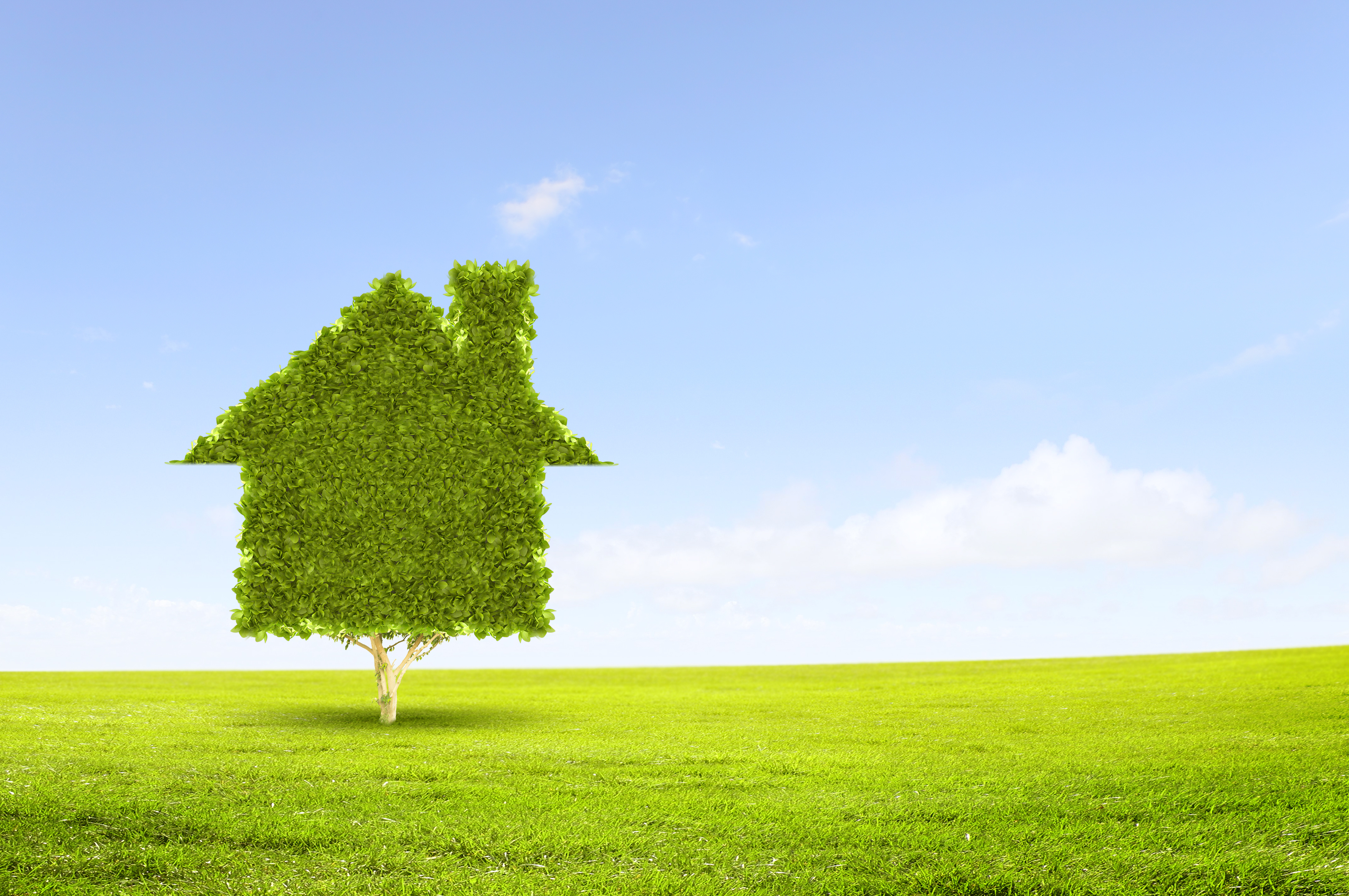
Another interesting trend going into 2016 is the emerging demand for “green building”, or the production of energy-efficient homes. A recent 2015 study showed some interesting statistics about the future of green building in the US:
- 54% of builders recently surveyed said they are constructing 16% of their new homes green
- 39% of remodelers surveyed reported that 16% of their remodeling projects are green
- By 2020, 81% of builders will be constructing at least the current level of green building with over half building 60% of their projects green
- By 2020, 74% of remodelers will be remodeling at least the current level of green projects with 36% completing over 60% of their projects green
- The greatest impetus for green living is the 55+ market who have a greater familiarity with home features and a greater emphasis on performance
As shown, green building and remodeling is going to become an increasing presence in the real estate industry, despite the higher costs associated. Along with older buyers’ demand for performance and efficiency, another driving factor is the younger buyers’ focus on sustainable and healthier living.
All of these trends combined show a distinct change in the future tides of residential real estate. Builders and realtors who become familiar with (and embrace) these trends will be well-positioned to cater to the changing needs of future homeowners.
We invite you to learn more about our builder warranty services and what PWSC can do to contribute to your business. Whether you’re a builder, realtor or homeowner, PWSC has you covered!
Sources include: nahb.com, theatlantic.com, realtor.org


